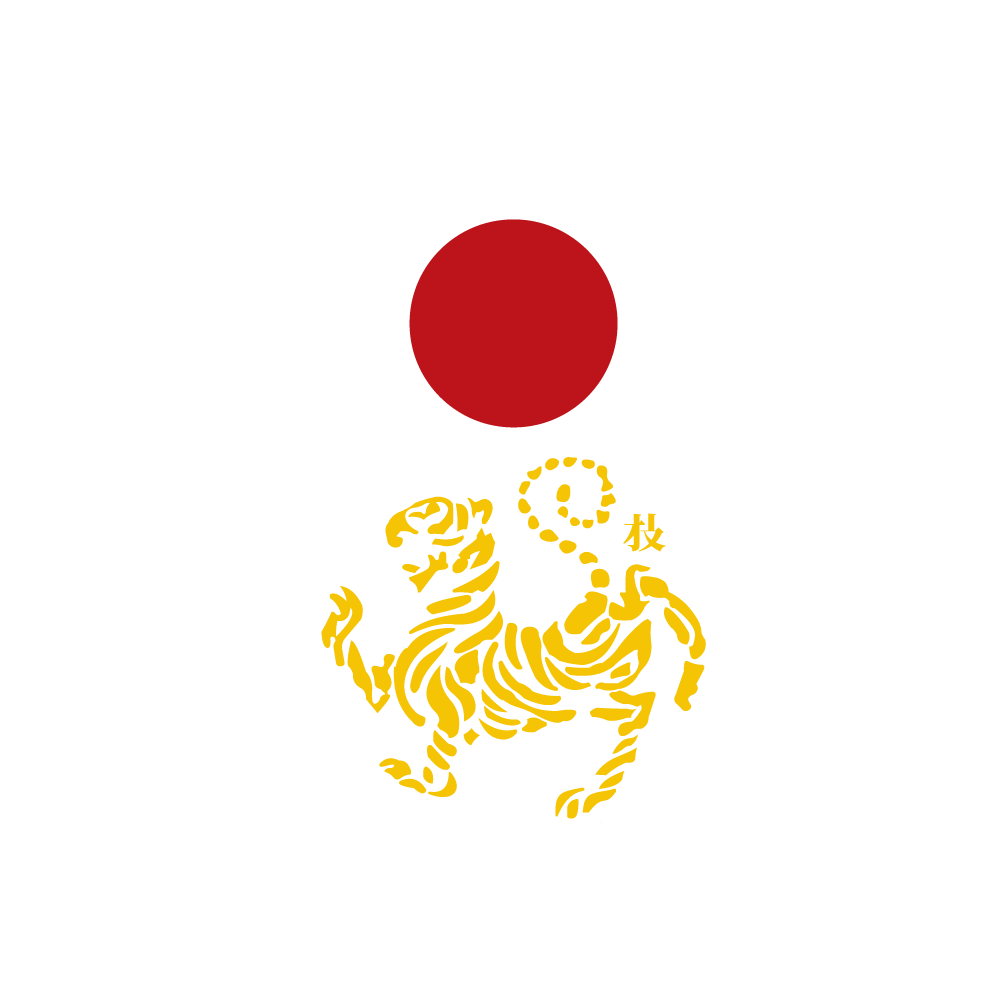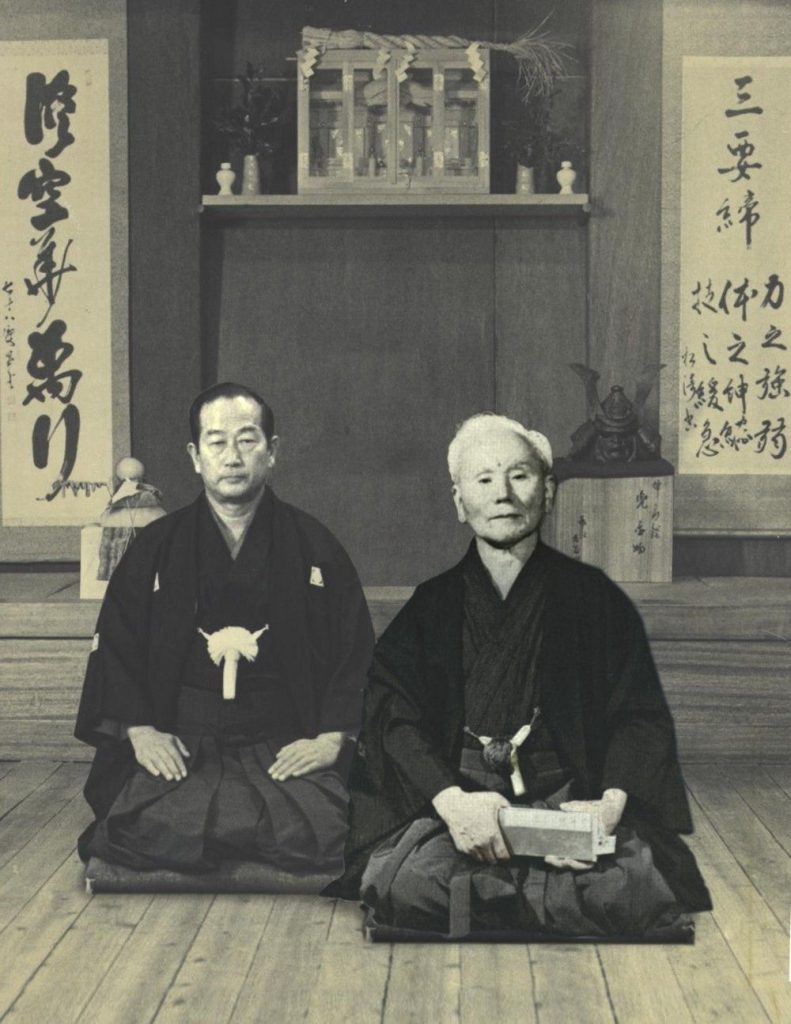Origins of
Shotokan Karate
The Roots
Shotokan Karate, one of the most widely practiced martial arts styles globally, has deep roots in Okinawan traditions and was systematized by Master Gichin Funakoshi. Its evolution reflects a blend of physical techniques and philosophical principles, leading to various interpretations and schools, including Shotokan Budokai.
Origins of Shotokan Karate
Karate originated on the island of Okinawa, influenced by indigenous fighting styles and Chinese martial arts. Three primary styles emerged: Shuri-te, Naha-te, and Tomari-te. These evolved into Shōrin-ryū (from Shuri and Tomari) and Shōrei-ryū (from Naha). Shōrin-ryū emphasized speed and agility, while Shōrei-ryū focused on strength and rooted stances
Gichin Funakoshi (1868–1957), born in Shuri, Okinawa, trained under masters Yasutsune Azato and Yasutsune Itosu. He synthesized elements from both Shōrin-ryū and Shōrei-ryū to create a balanced martial art that emphasized both physical prowess and moral character
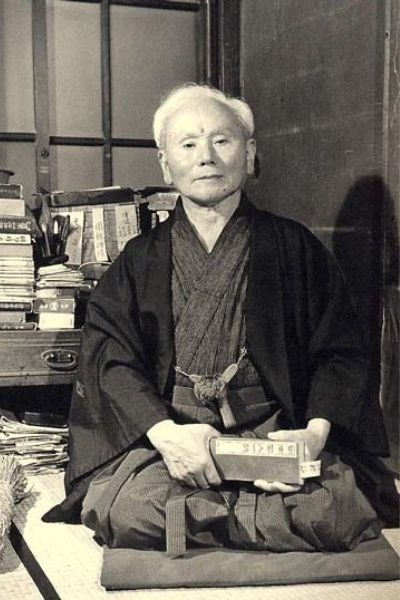
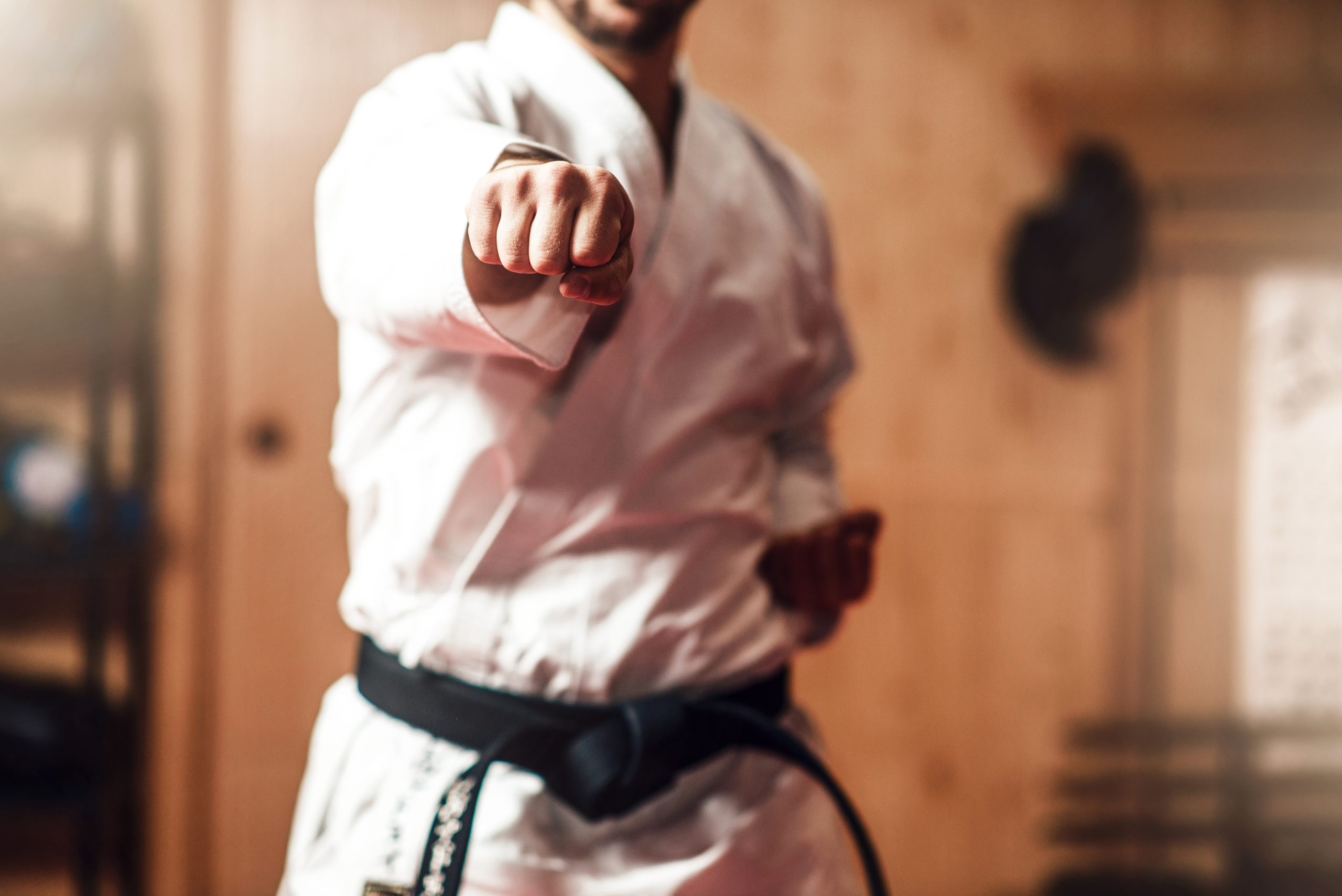
Introduction to Japan and Establishment of Shotokan
In 1922, Funakoshi introduced karate to mainland Japan during a demonstration in Tokyo. His teachings gained popularity, leading to the establishment of karate clubs in universities such as Keio and Waseda. In 1936, his students built the first official dojo in Tokyo, naming it "Shōtōkan"—derived from Funakoshi's pen name "Shōtō" (meaning "waving pines") and "kan" (meaning "hall")
Funakoshi emphasized karate as a way of life, integrating philosophical teachings into the practice. He introduced the "Nijū Kun" or "Twenty Precepts," guiding principles that stress humility, respect, and the pursuit of perfection
Evolution and Global Spread
After Funakoshi's death in 1957, his students continued to propagate Shotokan Karate. The Japan Karate Association (JKA), established in 1949 with Funakoshi as honorary head, played a significant role in standardizing and promoting the style worldwide. Masatoshi Nakayama, a prominent figure in the JKA, was instrumental in developing training methods and expanding Shotokan's reach .
Funakoshi's son, Gigō (Yoshitaka) Funakoshi, also contributed to the evolution of Shotokan by incorporating deeper stances and more dynamic movements, influenced by his studies in kendo and iaido
leading to various interpretations and schools, including Shotokan Budokai.
Origins of Shotokan Karate
Shotokan Budokai represents a modern interpretation of Funakoshi's teachings, emphasizing both traditional techniques and philosophical aspects of karate. Organizations like Shotokan Karate Budokai Australia continue to teach and promote these values, focusing on the development of character, discipline, and respect through rigorous training
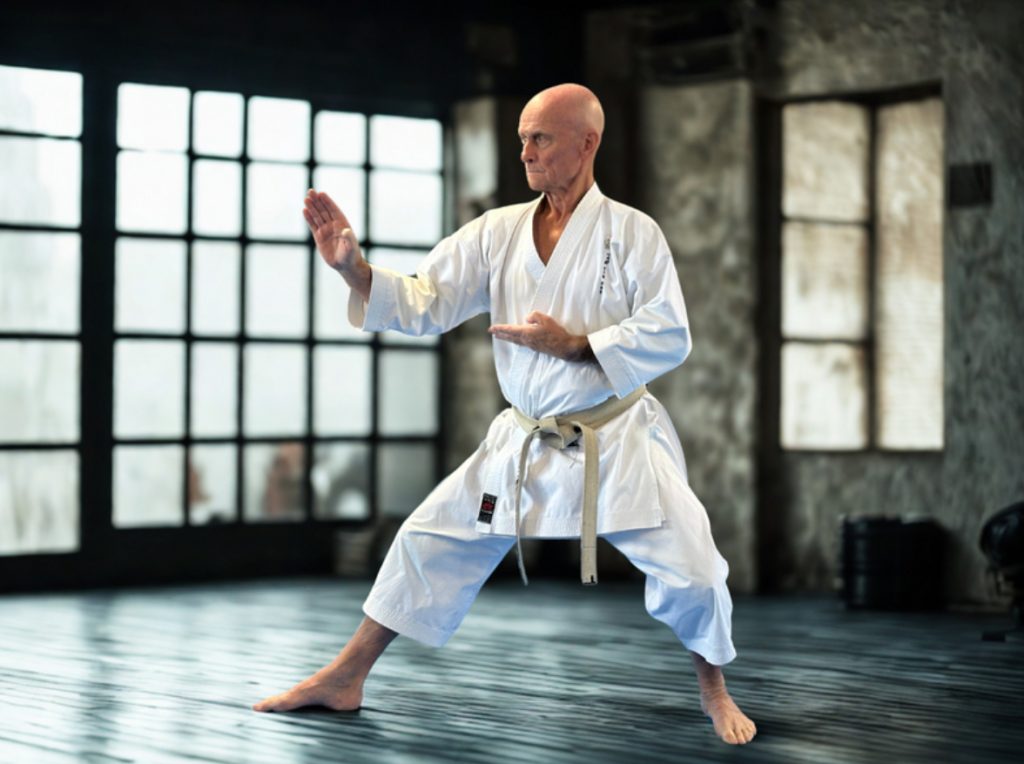
Rough number for Karate dojo in the world
While there’s no central global registry to give exact figures, experts and long-standing karate federations offer estimates based on international presence, competition participation, and membership in large organizations like the World Karate Federation (WKF). Based on these sources and trends in global dojo representation, here’s a rough breakdown of karate styles by estimated global percentage:

